Our Blog
A Mudgee Winter Wonderland
A vigneron's view
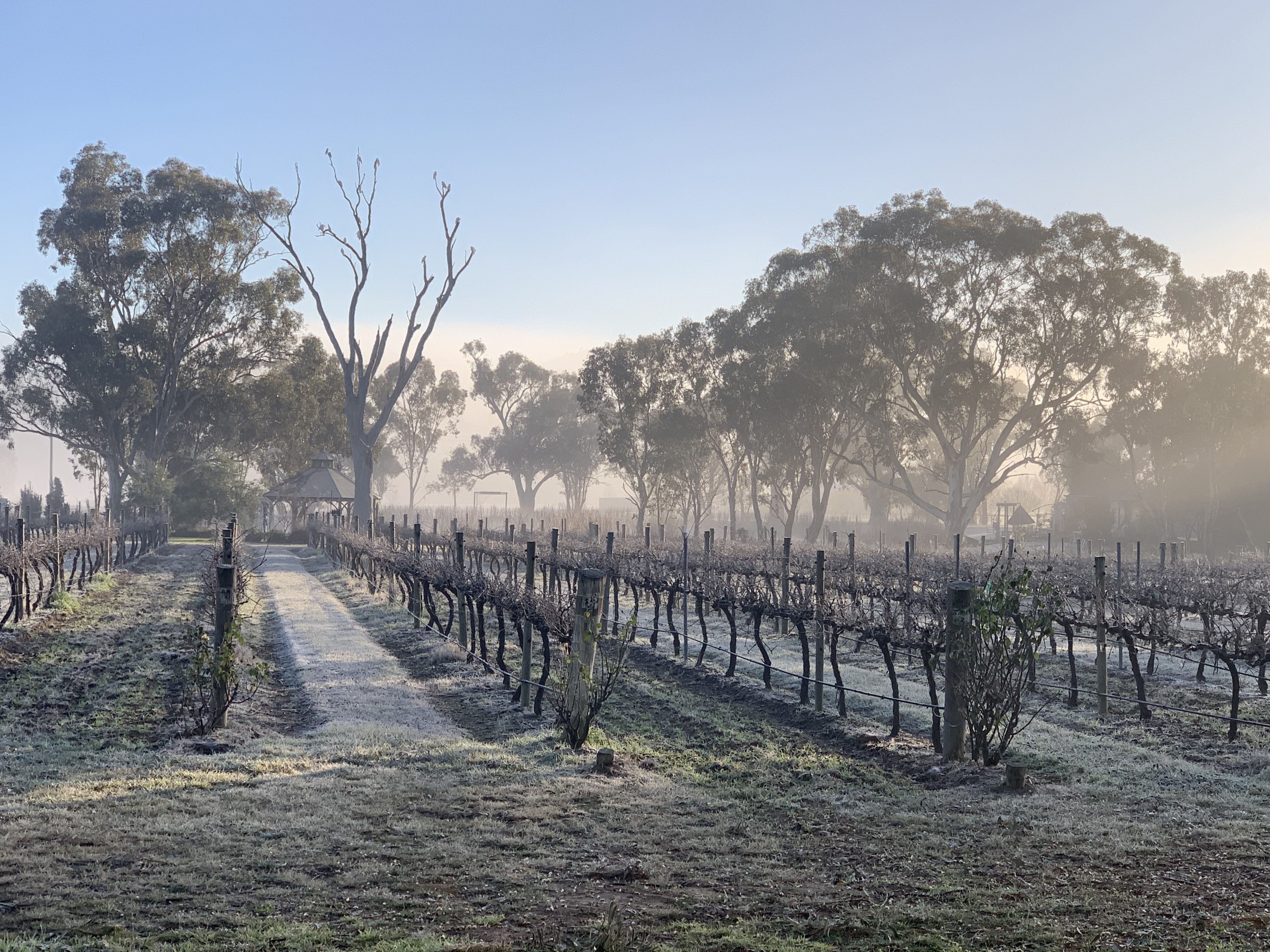
Winter came early this year. Our first frosts were in the first week of May, and as I write this newsletter – we’re up to around twenty frosts...
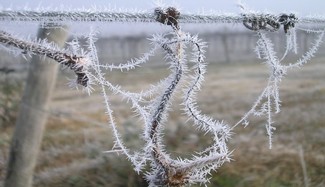
Despite this number (my benchmark to start pruning), the combination of the soaking vineyards from vintage 2022 and the fact that most frosts have been light, the juice has only now stopped flowing.
Our vines are mostly around twenty years old and show their age in damaged or missing cordons (the horizontal ‘arms’ that extend out from the trunk). So before manual pruning begins, we are repairing broken cordons achieved by laying a convenient cane from last year along the wire.
In a very short time – by next March - the extension will be fruit-bearing. Painstaking work, but necessary if one wants future crops to make up for the inevitable reduction in productivity caused by aging vines. By the end of the day in the vineyard, the body is tired and the fingers numb.
This is quite a neat segue into this blog’s wine feature...
Vin Brulé
...Which is vin brulé – Italian sweet and spiced hot mulled wine made with red wine and orange juice that puts the body back into order. There are various types of mulled wine served around the world – vin chaud in France, gluhwein in Germany – so here’s the mulled wine from Italy. Their recipes are remarkably similar!
If you like it a bit sweet, pick one that says ‘Semisecco’, ‘Amabile’ or ‘Dolce’ on the label. If you like it dry, look for the words ‘Secco’ on the label (with this style the flavours are more rhubarb or strawberry). Lambrusco di Sorbara and Lambrusco Rosato (rosé) are the two lightest styles, showing strawberry, and very little or no tannin).
The Recipe
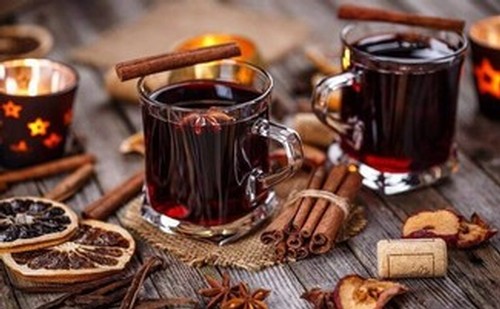
Prep Time: 15 minutes
Serves: 6
Calories: Not available!
Ingredients
750 ml red wine (Barbera, Cannonau or Lagrein*)
120 g sugar
1 orange
2 cinnamon sticks
2 star anise pods
10 whole cloves
*My choice would be a fruit-forward (as opposed to savoury) wine that is not aggressively tannic. But it’s your palate, and no wine would necessarily be out of bounds.
Instructions
Thinly peel the orange using a vegetable peeler to get as little as possible of the white bitter part. After that, cut the orange in half and squeeze it. Transfer the orange juice and peel to a saucepan.
Add the sugar, cinnamon sticks, cloves and one glass of wine (about 150 ml) and bring to a boil, constantly stirring to dissolve the sugar.
When the mixture reaches boiling temperature, add the star anise pods and the rest of the wine and keep it on the stove until it steams but does not boil. Remove from the heat just before it reaches boiling temperature. Serve hot.
Notes
Serve hot, as soon as possible after preparing. If you cannot serve it immediately, keep it on the lowest possible heat to prevent it from reaching boiling temperature (you don't want to evaporate the alcohol!).
Vin brulé and food
In Italy, panettone is clearly the most popular food companion for brulé, especially around Christmas. But there are plenty of other popular matches amongst Italian foods. These would include gorgonzola gnocchi, cheese fondue, mixed nuts and gingerbread biscuits.
Cannonau
The fact that vintage 2022 was pretty dismal in Mudgee is no longer news. It has led to there being no 2022 Barbera from di Lusso. I’ll miss the fruity mouth feel and spicey palate that is so different from the savoury taste profile of Sangiovese.
So, with the help of friends down south around Mildura, I’ve ‘discovered’ Cannonau - a premium red wine in the style of Grenache - whose home is on the island of Sardinia. The Italian DOC system permits the production of several different styles of Cannonau. Because of the body of our first Cannonau release (due in July), and its twelve-month aging, ours would most closely resemble the top-quality ‘Riserva’ style.
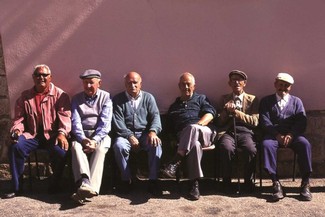
It’s estimated that one in five wines consumed in Sardinia is a Cannonau (and, I’d guess, another one in five could well be Vermentino!). Cannonau wines have attracted considerable attention in the last few years for their association with longevity. Sardinian locals tend to live well into their 90s and, in many cases, to over 100, and diet on the island is usually given as a key factor in this. Cannonau wine tends to be high in anthocyanins and polyphenols, antioxidant-rich compounds which have been linked to heart health.
Well, there you are!
Meet our Latest Wine!
Succo di Aleatico
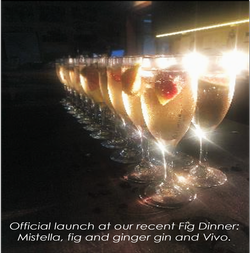
We are excited to introduce the newest addition to our di Lusso Estate range - Succo di Aleatico - a complex and intriguing mistella.
Succo di Aleatico is made from the juice of our Estate-grown Aleatico and barrel-fermented grappa.
Aleatico’s luscious candy flavours when blended with the grappa produce a 'wine' with a beautiful golden colour, late harvest flavours of apricot, marmalade and peach, and a spicy finish.
Not as sweet as a dessert wine, Succo di Aleatico can be enjoyed with baked desserts or after dinner with hard cheeses... or at any time, as a mixer - on ice, with di Lusso Estate Vivo! and lime.
Available now for $40 + shipping
Origins
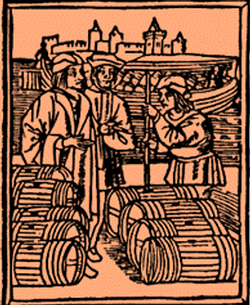
Mistella in some form, has been produced for over 300 years throughout the wine-producing regions of Europe, so there is some debate over its origins.
One theory is that Mistella was first developed by the Dutch to increase the shelf life of wine for transportation by ship (the addition of grappa would have killed any fungus or bacteria in the barrels).
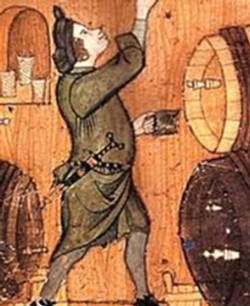
Another story goes that at some point in history, a careless worker at an unknown distillery or winery tipped some brandy into a barrel, not realising it was two-thirds full of juice, thus serendipitously creating the local aperitif. Versions of this happy accident are told in pretty much every mistella-producing region.
I am perhaps more persuaded that our heroic workers simply combined two delicious liquids in the age-old spirit of enquiry.
Suffice it to say that this style of drink has a long history in Italy, Spain, and some of France’s grape-growing regions (notably Cognac and Armagnac).
Winemaking
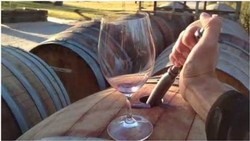 The Italian term Mistella, sometimes called Sifone, means the same thing as the French Mistelle and the Spanish Mistela: a mixture of grape juice and alcohol. Its claim to fame, as it were, is that the base juice does not undergo fermentation.
The Italian term Mistella, sometimes called Sifone, means the same thing as the French Mistelle and the Spanish Mistela: a mixture of grape juice and alcohol. Its claim to fame, as it were, is that the base juice does not undergo fermentation.
The Aleatico mistella was stored for three months in stainless steel tanks, and then wine spirit (grappa) was added. After that, we moved it into used French oak barrels. It rested for over two years.
From the very first time we tasted the blended wine, it was clear the flavours were interesting and unique! The final result is a tribute to creative winemaking and a special variety.
For our mistella, we chose the versatile Aleatico grape (which is also used in its raisined form in our Tuscan-style Vin Santo offering, Appassimento, in some of our Vino Rosato vintages, and of course, in our Aleatico wine itself).
Salute!
A Challenging Harvest
Harvest time
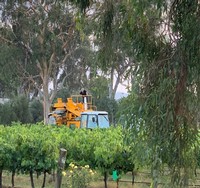
Before an enterprising American wine reviewer and writer named Robert Parker came on the scene in the 1970s, one couldn’t rely on ‘vintage reports’ for accurate assessments of the quality of a region's harvest.
Before his arrival on the scene, harvest reports were basically put out by the trade to sell wine. As I think about it, some still are!
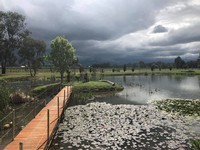
Rain and temperature are the two factors that will either make or break your vintage.
Neither were in our favour this year, with low spring temperatures and inconsistent but mostly very high rainfall experienced from September onwards - including, most recently, March.
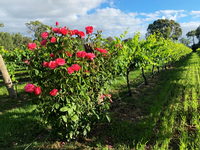
In summary, Sangiovese, Vermentino and Barbera suffered most, whereas our Nebbiolo, Lagrein, Arneis and Aleatico produced crops that though somewhat light, will produce good wines.
(I’m assuming a good outcome for Lagrein and Nebbiolo. As I write this report, it's bucketing down for the fourth day in a row. One more day’s rain, and I reckon we’ll have no reds at all in 2022!)
Elsewhere on the farm...
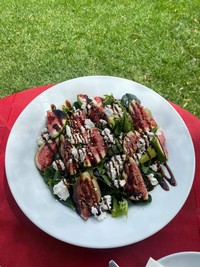
Our figs, on the other hand, after a late start have since early March been delivering beautiful fruit – which is now forming the basis of some lovely Autumn menu dishes (like our delicious Fig Salad!)
Fresh figs are also available for purchase from the Cellar Door.
And olives? What olives. After the bumper 2021 season, they’re having a rest, as they tend to do.
Our new release Vino Rosato
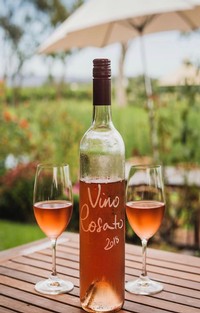
As I feared, our Sangiovese-based rosé from the 2021 vintage didn’t manage to last till the 2022 release – it was a very popular wine indeed. To make matters even more challenging, we have no 2022 Sangiovese fruit with which to craft its successor. (We make our rosé by using the French saigné method of ‘’bleeding” free-run juice from the base wine – in our case, Sangiovese - to arrive at a savoury, food-friendly wine rather than a fruity one.)
So instead, we decided to use a different method altogether by simply blending a 2021 Sangiovese with a 2021 Fiano post-fermentation (a practice which is actually prohibited in Europe — except for the making of rosé Champagne).
After adjusting slightly for sugar, we bench-trialled the result until we got close to the flavours and textures of the 2021 Vino Rosato of di Lusso Estate. This blended method will remain a fall-back option only.
Light at the end of the rainbow
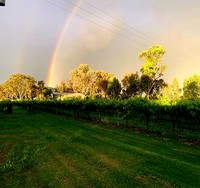
Despite the many challenges sent us by the weather and supply chain disruptions, we look forward to some great upcoming events at the Estate.
In addition to our Fig Dinner, we have our Concert and Canapes on Easter Sunday and plans for movie nights over the next few months. We will keep you posted!